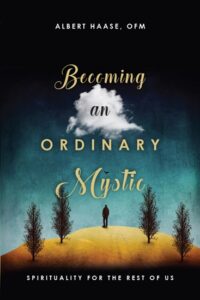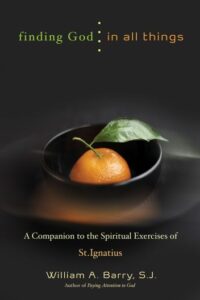 Setup: After his suspension, Gamache returns to head up homicide, overlapping briefly with Jean-Guy Beauvoir before Beauvoir leaves the Sûreté to take a job in Paris.
Setup: After his suspension, Gamache returns to head up homicide, overlapping briefly with Jean-Guy Beauvoir before Beauvoir leaves the Sûreté to take a job in Paris.
A Better Man is the fifteenth book in a remarkably consistent mystery series. It is a rare series that keeps me engaged over 15 books. I cannot think of another series I have read this far in since I was a teen.
That being said, the beginning I was ready almost to give up. It is hard to move on from the last several books. They have been so big, so consuming in scope that I think it was hard to reset this book to mostly be about a single missing person/murder.
One of the problems of mystery series like this one is that they are not only about the mysteries. If the books are only about the mystery, then it doesn’t matter what the characters are doing, their personal lives, their growth or decline, their trauma or success. However, a series like this, which is more about the ongoing characters than the particulars of the particular murder have to deal with characters, which have arcs and climaxes and depths.
The Chief Inspector Gamache series has had a remarkable number of story arcs and continued. What worked in this particular book is the ongoing reflection on what it means to serve the greater good. The several previous books Gamache was the head of the whole police force and as such had an enormous amount of power, which he used to fight corruption, organized crime and the poor uses of power by other officials. But to do so, Gamache had to use methods that were themselves abuses of power. Gamache made those choices because he trusted his integrity, but Gamache in this book is somewhat humbled. Others are attempting to use their power for the greater good, but not every theoretical greater good is an actual greater good.



![On the Come Up by [Thomas, Angie]](https://bookwi.se/wp-content/uploads/2019/09/412ekmac4el-_sy346_.jpg) Summary: Bri, a 16-year-old high school sophomore, wins her first rap battle, but that does not solve any of the problems at school or home.
Summary: Bri, a 16-year-old high school sophomore, wins her first rap battle, but that does not solve any of the problems at school or home. ![May They All Be One: Origins and Life of the Focolare Movement by [Lubich, Chiara]](https://bookwi.se/wp-content/uploads/2019/09/41dbnrgd6l-_sy346_.jpg)
![Freedom Is a Constant Struggle: Ferguson, Palestine, and the Foundations of a Movement by [Davis, Angela Y.]](https://bookwi.se/wp-content/uploads/2019/09/51w9pgmivzl.jpg) Summary: Controversial, but idealistic talks and essays.
Summary: Controversial, but idealistic talks and essays.
![Invitation to a Journey: A Road Map for Spiritual Formation (Transforming Resources) by [Mulholland, M. Robert ]](https://bookwi.se/wp-content/uploads/2019/09/51azblb1iml.jpg)
